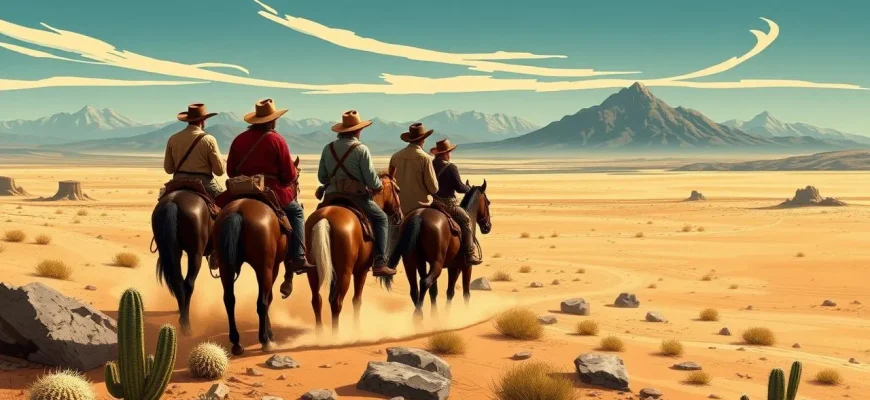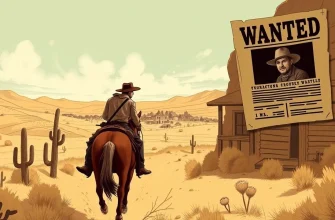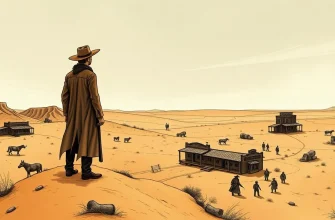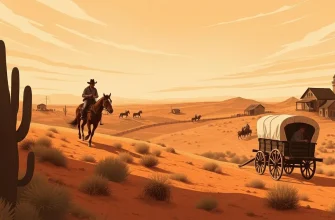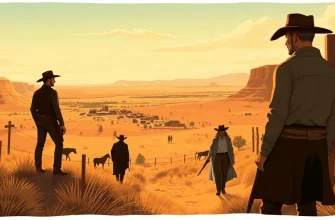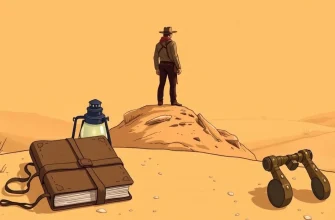The allure of the untamed frontier has always captivated audiences, and Western films exploring new territories offer a unique blend of adventure, survival, and the spirit of discovery. This collection of 10 films not only showcases the rugged landscapes and the challenges faced by explorers but also provides a rich tapestry of stories that celebrate human resilience and the quest for the unknown. Each film in this selection has been chosen for its depiction of exploration, its cultural impact, and its ability to transport viewers to a time when the West was truly wild.
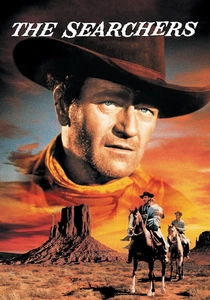
The Searchers (1956)
Description: John Wayne's character embarks on a quest to find his niece, kidnapped by Comanches, exploring the vast, unforgiving terrain of Texas and beyond.
Fact: The film is often cited for its influence on the Western genre, with its complex portrayal of race relations and its iconic final shot.
 Watch Now
Watch Now

The Man Who Shot Liberty Valance (1962)
Description: While primarily a tale of law and order, the film's backdrop of a growing town in the West and the exploration of its moral landscape make it relevant.
Fact: This was one of John Ford's last Westerns, and it's known for its famous line, "When the legend becomes fact, print the legend."
 Watch Now
Watch Now
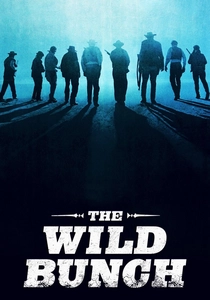
The Wild Bunch (1969)
Description: This film explores the changing landscape of the West as a group of aging outlaws undertake one last heist, reflecting on the end of an era.
Fact: Sam Peckinpah's direction was revolutionary for its time, with its graphic violence and complex characters.
 Watch Now
Watch Now
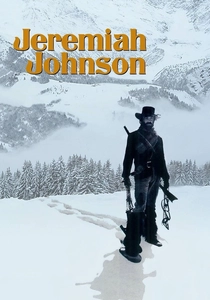
Jeremiah Johnson (1972)
Description: A mountain man's solitary life in the Rockies, exploring the vast wilderness and encountering various Native American tribes, makes this film a poignant exploration of the American West.
Fact: The film was inspired by the real-life story of John "Liver-Eating" Johnston. Robert Redford's performance as Johnson is considered one of his finest.
 Watch Now
Watch Now
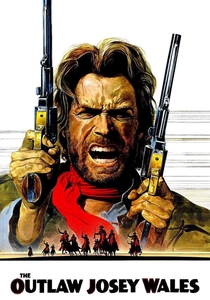
The Outlaw Josey Wales (1976)
Description: Clint Eastwood's character, seeking revenge, travels through the West, encountering various groups and exploring the vast, untamed territories.
Fact: Eastwood not only starred but also directed the film, which was a commercial success and has since become a cult classic.
 Watch Now
Watch Now

The Revenant (2015)
Description: While not a traditional Western, this film's focus on survival and exploration in the harsh winter landscapes of the American frontier makes it a compelling addition to this list.
Fact: The film was shot in sequence to capture the natural progression of the seasons. Leonardo DiCaprio won an Academy Award for Best Actor for his role.
 Watch Now
Watch Now

The Great Train Robbery (1903)
Description: Although not strictly a Western, this silent film captures the essence of early exploration and lawlessness in the American West through its depiction of a train heist.
Fact: It's considered one of the first narrative films, with its innovative use of parallel editing and close-ups.
 30 Days Free
30 Days Free

The Big Sky (1952)
Description: Set in the early 19th century, this film captures the spirit of exploration as a group of trappers journey up the Missouri River, facing both natural and human obstacles.
Fact: The film was based on a novel by A.B. Guthrie Jr., which won the Pulitzer Prize for Fiction in
 30 Days Free
30 Days Free
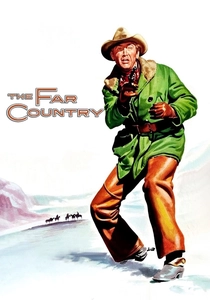
The Far Country (1954)
Description: This film follows a cattle driver's journey through the Yukon, highlighting the harsh realities of frontier life and the quest for gold. It's a classic tale of exploration and survival in the wilderness.
Fact: The film was shot on location in Canada, providing authentic backdrops for the story. James Stewart, who plays the lead, was known for his roles in Westerns that often explored themes of morality and justice.
 30 Days Free
30 Days Free

Dances with Wolves (1990)
Description: A Union Army officer's journey into the heart of the Lakota Sioux territory, exploring the cultural and physical landscapes of the American West.
Fact: Kevin Costner, who starred and directed, won the Academy Award for Best Director. The film was also a major box office success.
 30 Days Free
30 Days Free

